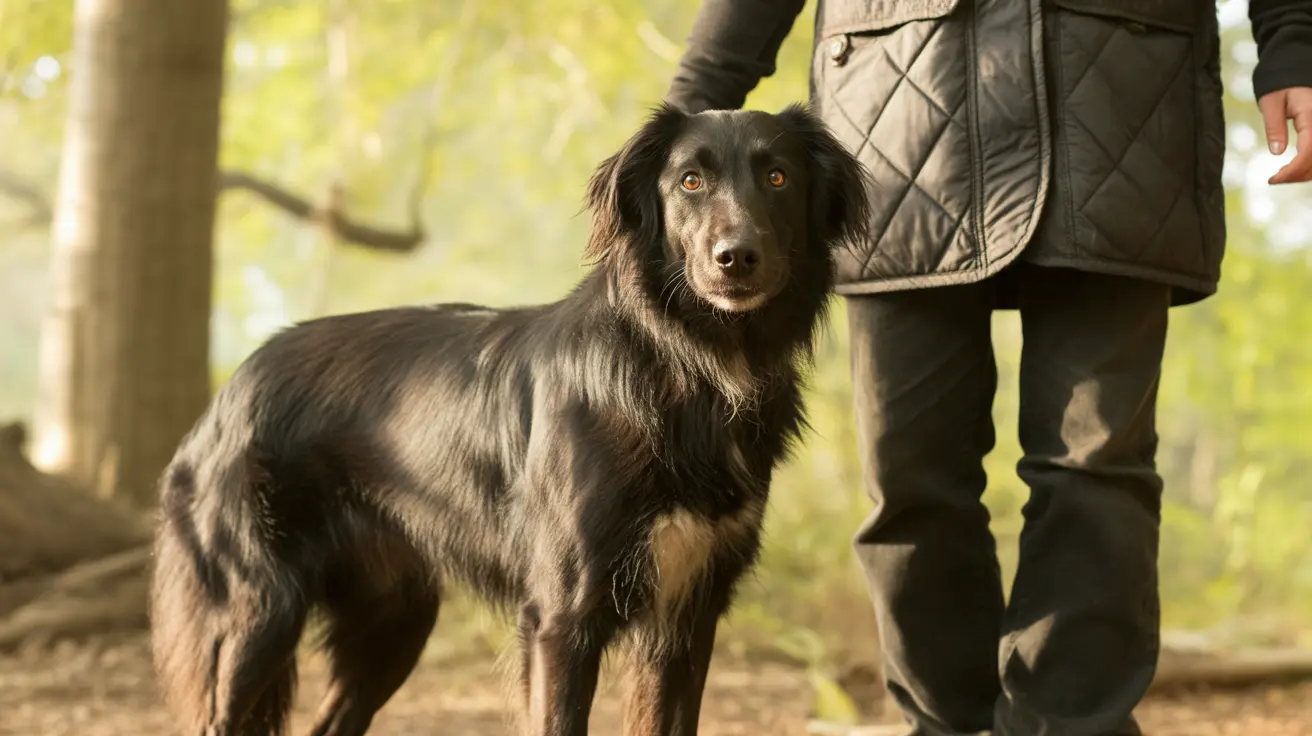Comprehensive Guide to Treating Demodectic Mange in Dogs
Demodectic mange, also known as red mange or demodicosis, is a skin condition in dogs caused by Demodex mites. While all dogs have natural colonization of these mites, the disease arises when a compromised immune system allows their numbers to increase, leading to clinical symptoms. Here's a detailed overview of how to recognize, diagnose, and treat this condition effectively.
Understanding Demodectic Mange
Demodex mites live in hair follicles and sebaceous glands. In most healthy dogs, they coexist without causing problems. However, in dogs with immature or suppressed immune systems, the mite population can grow uncontrollably, resulting in mange. There are three forms of demodectic mange:
- Localized demodicosis: Presents as small, isolated patches of hair loss, mainly on the face, head, or legs. Often self-limiting in puppies.
- Generalized demodicosis: Affects multiple areas of the body and can cause more severe symptoms like extensive hair loss, skin infections, and inflammation.
- Demodectic pododermatitis: Limited to the paws, often challenging to treat, requiring veterinary biopsy for accurate diagnosis.
Symptoms of Demodectic Mange
Sings of this condition include:
- Patches of hair loss, especially on face and limbs
- Red or inflamed skin
- Scaling and crust formation
- Thickened or darkened skin (hyperpigmentation)
- Mild to moderate itching
- Secondary bacterial or yeast infections
- In severe cases: lethargy, fever, painful sores, draining wounds
Diagnosis
Veterinarians typically diagnose demodectic mange using:
- Deep skin scrapings to detect mites under a microscope
- Hair plucks and cytology for follicular lesions
- Skin biopsy in resistant or pododermatitis forms
- Fecal flotation and PCR testing as supplemental tools
Treatment Strategies
Treatment is based on the type and severity:
- Localized Cases: Often resolve without therapy. Medicated shampoos (e.g., benzoyl peroxide) can be used to reduce secondary infection and promote healing.
- Generalized Cases: Require systemic treatment and veterinary supervision. Common therapeutic options include:
- Oral/topical miticides such as isoxazoline-class drugs: afoxolaner, fluralaner, sarolaner, lotilaner
- Milbemycin oxime, moxidectin + imidacloprid, ivermectin (only if safe—herding breeds with MDR1 mutation are at risk)
- Injectable doramectin in selective situations
- Antibiotics or antifungal shampoos if secondary infections are present
Treatment continues until two consecutive negative skin scrapings, typically every 2–4 weeks. A post-clearance continuation period reduces the risk of relapse.
Prevention and Prognosis
- Good hygiene, nutrition, and stress management support immune function
- Puppies often recover fully as the immune system matures
- Adult-onset cases may indicate underlying conditions like cancer, hypothyroidism, or immune suppression
- Genetically predisposed dogs and their relatives should not be bred
- Consistent veterinary follow-ups are key to long-term success
Key Distinctions
Demodectic mange is not contagious under normal circumstances and typically arises from internal immune imbalances. This contrasts with sarcoptic mange, which is highly contagious and zoonotic. Accurate diagnosis is essential, as mange can mimic other dermatological conditions like allergies or fungal infections.
Conclusion
Demodectic mange is a manageable condition if caught early and treated appropriately. While localized cases may resolve independently, generalized forms require targeted therapy and diligent monitoring. Always seek veterinary care for proper diagnosis and treatment planning.





